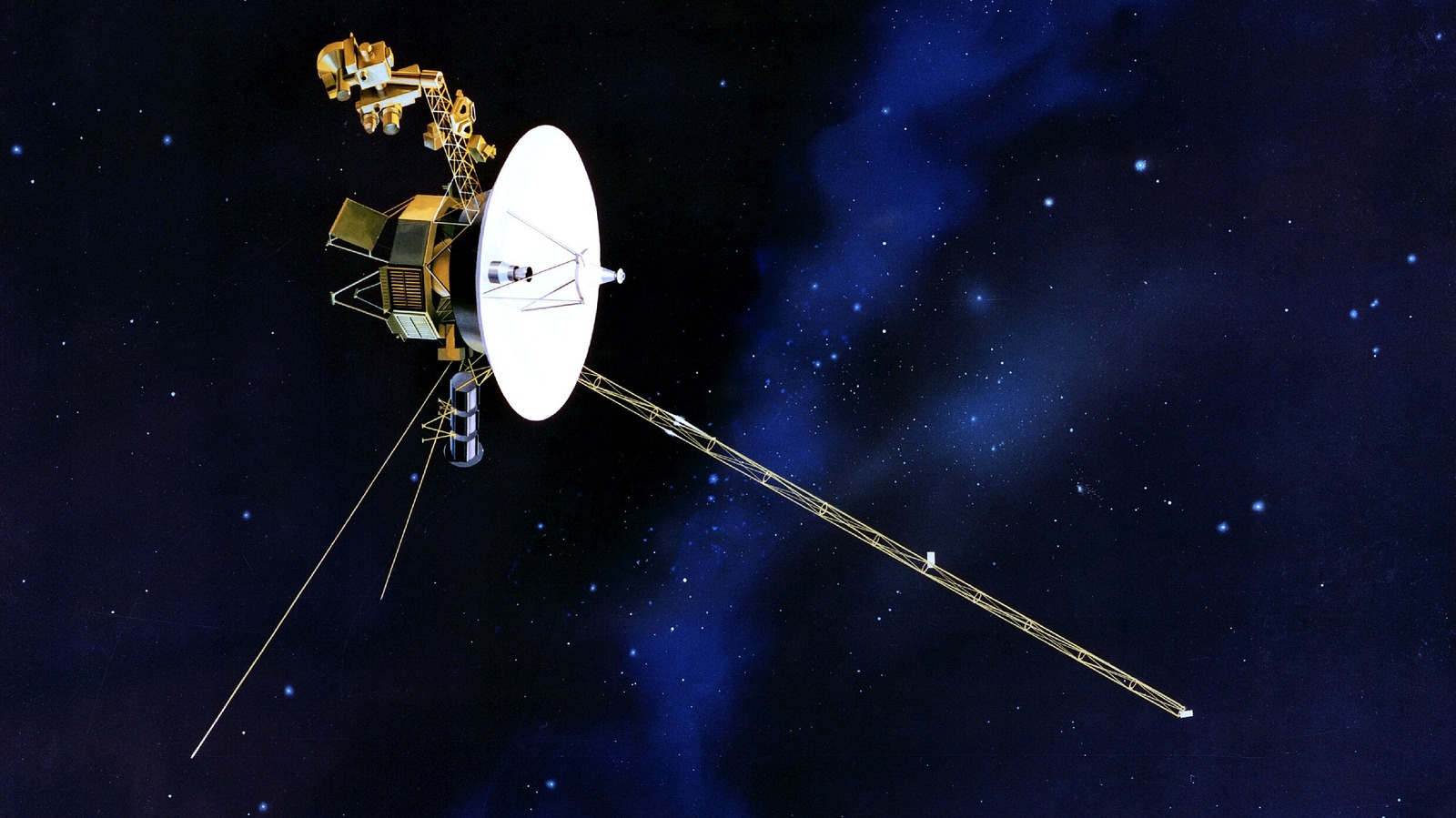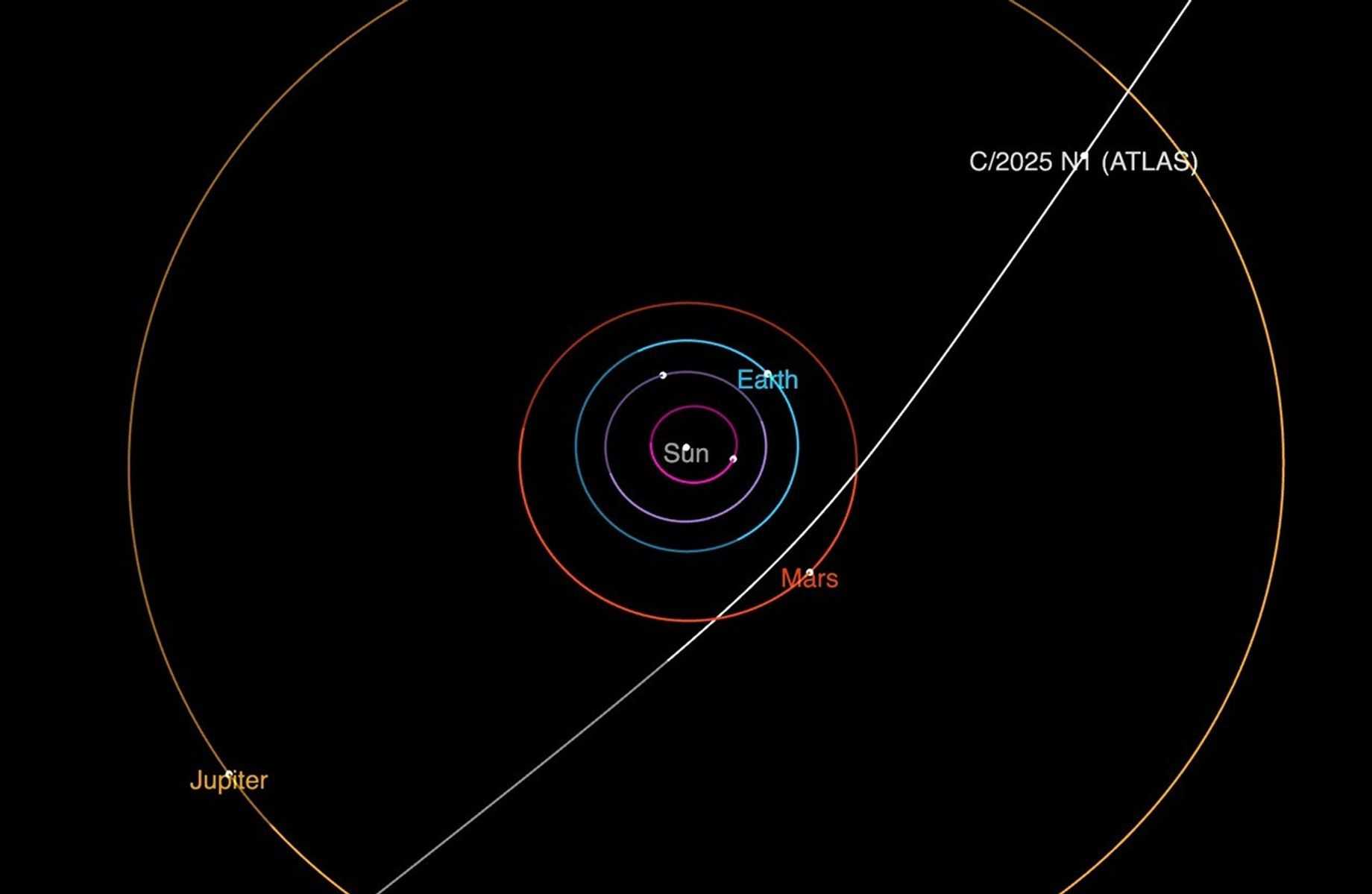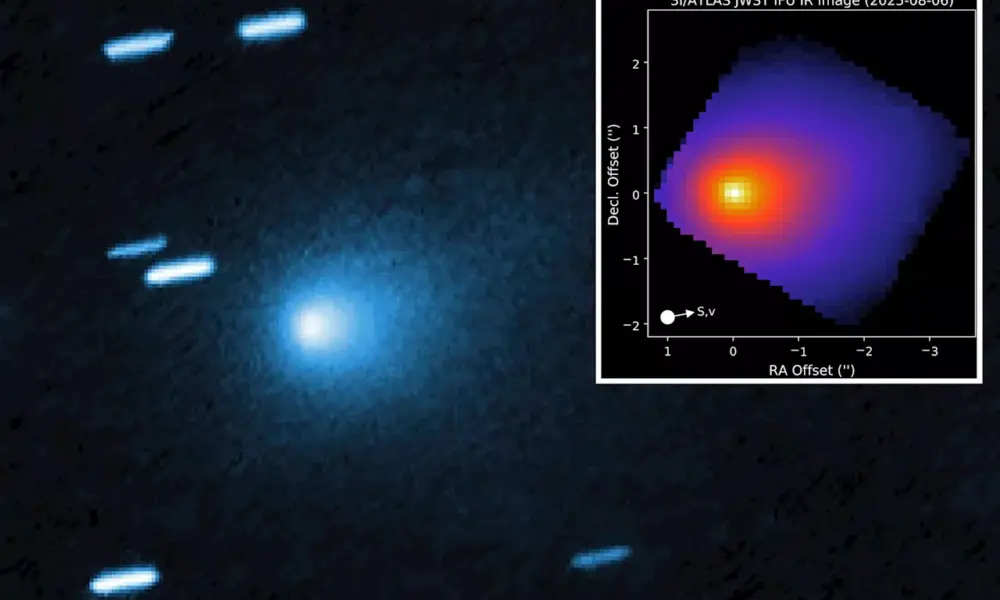NASA’s Voyager 1 has reached a remarkable milestone, discovering a “wall of fire” at the edge of our solar system. Traveling at approximately 38,000 miles per hour, Voyager 1 and its twin, Voyager 2, have journeyed over 12 billion miles since their launch in 1977. By the end of this month, Voyager 1 is expected to be about a light-day away from Earth, marking a significant advancement in our exploration of space.
Originally designed to study the outer planets of our solar system, the Voyager spacecraft have transformed into heralds of human curiosity, venturing into the unknown. As they continue their mission, NASA has had to adapt by shutting down certain instruments and reviving systems that have been dormant for decades to ensure their continued operation.
Understanding the Heliopause
The discovery of the “wall of fire” signifies the moment both spacecraft entered the heliosphere, a theoretical boundary that scientists had hypothesized about long before the Voyagers embarked on their journey. The heliosphere acts as a protective bubble around our solar system, created by solar wind—particles released from the Sun’s atmosphere, carrying its magnetic field.
On one side of this bubble lies our solar system, while the other side connects to the interstellar medium, which is composed of gas, dust, and charged particles found between stars. Identifying the exact boundary of our solar system has been a topic of debate among scientists. Some believe that crossing the orbit of Neptune marks entry into interstellar space, while others assert that it occurs beyond the gravitational influence of the Sun. The prevailing view today suggests that the solar system concludes at the heliosphere’s edge, where the Sun’s magnetic influence wanes.
Both Voyager 1 and Voyager 2 crossed the heliopause, the boundary between the heliosphere and interstellar space, with Voyager 1 achieving this milestone in 2012 and Voyager 2 following six years later. The time difference in reaching this threshold highlights the non-uniform shape of the heliosphere, which has been likened to a teardrop.
Temperature Extremes and Scientific Insights
The temperatures recorded during this journey were astonishing, ranging from 54,000 to 90,000 degrees Fahrenheit. These extreme conditions indicate the presence of intense cosmic phenomena at the edge of our solar system. The high temperatures were observed as the Voyagers navigated the “wall of fire,” a phenomenon that underscores the dynamic nature of the environment where our solar system meets interstellar space.
Both spacecraft have provided invaluable data, demonstrating how the heliosphere can expand and contract based on the Sun’s activity, much like the movement of a lung. This discovery has reinforced the understanding that the heliosphere is not a simple, uniform boundary, but rather a complex and varying region.
As Voyager 1 and Voyager 2 continue their journey into the unknown, they remain vital to our quest for knowledge about the cosmos. Their findings have opened new avenues for exploration and understanding of the universe beyond our own solar system.







